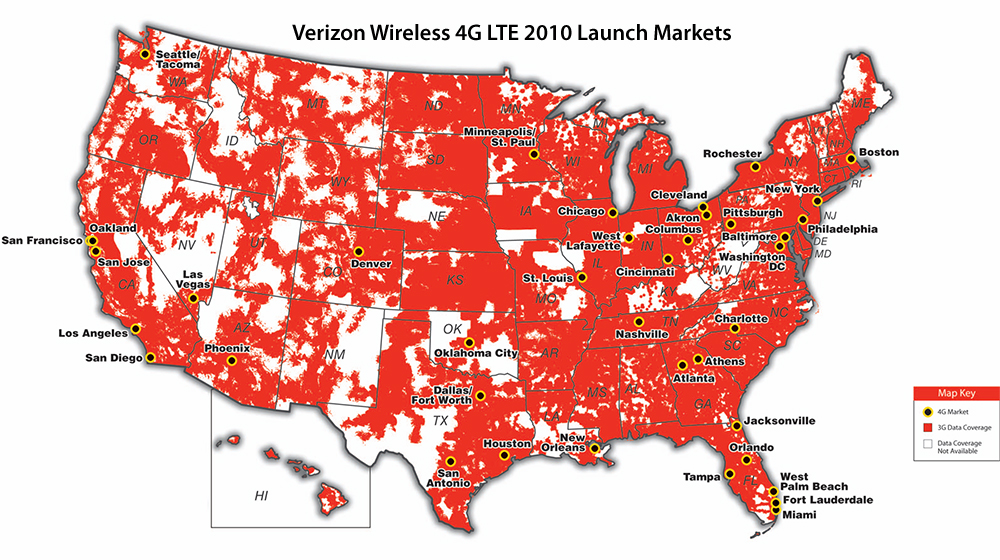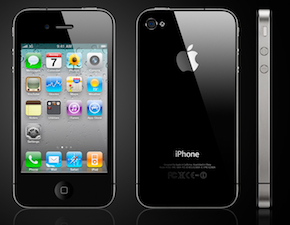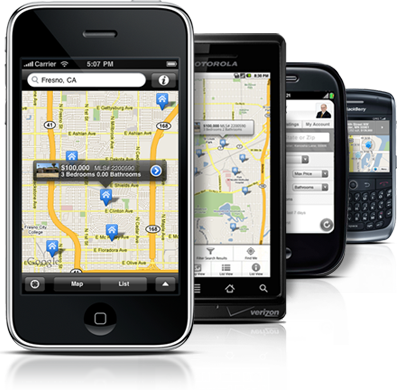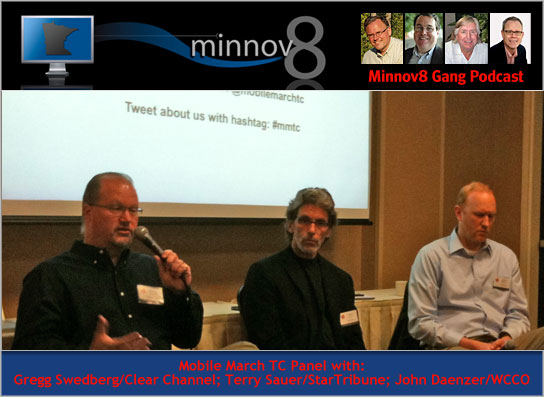 At an event in downtown Minneapolis yesterday, Verizon Wireless announced “the world’s first large-scale 4G Long Term Evolution (LTE) network” to the Twin Cities, slated to come online “before the end of 2010” and will be “the death of the tether” according to Verizon sources at the venue.
At an event in downtown Minneapolis yesterday, Verizon Wireless announced “the world’s first large-scale 4G Long Term Evolution (LTE) network” to the Twin Cities, slated to come online “before the end of 2010” and will be “the death of the tether” according to Verizon sources at the venue.
Graeme Thickins and I attended the event for Minnov8, invited by Albert Maruggi of Provident Partners. Albert was coordinating the blogger outreach and we were thus able to connect with key Verizon Wireless technical staff in order to gain a deeper understanding of what they’ll be delivering on this new 4G infrastructure.
With Sprint and T-Mobile already in this market with their 4G implementations and AT&T coming with theirs in 2011, Verizon’s rollout was expected but both Graeme and I were intrigued by how Verizon Wireless was intending to differentiate themselves in this new 4G LTE space (besides just touting more coverage). What wasn’t expected was how strongly they positioned their IP Multimedia Services (IMS) as “enabling smart services” and APIs they’ll be offering and pushing hard.
For anyone not up-to-speed on all the deliverables, standards and technical aspects of the current state of wireless networking IMS—and the applications they were showing built upon these core services and their network—might have come across as something magical and Verizon-only. IMS is, however, an industry standard. Still, the promise of Verizon Wireless’ network speed and low latency should enable Minnov8 readers to capitalize upon this new 4G infrastructure and thus deliver your applications in a much more efficient manner and with great performance.
The good news is that Verizon Wireless is launching in 38 markets in 2011 and Minneapolis/St. Paul is one of the first. The company expects 4G LTE average data rates to be 5 to 12 megabits per second (Mbps) on the downlink and 2 to 5 Mbps on the uplink in real-world, loaded network environments. These speeds are significantly faster than Verizon Wireless’ (and other wireless providers) current 3G network speeds.
But the real story for many of the invited I.T. professionals to this event—and to a lesser extent more technical geeks like us—were the IMS “enablers” (and their performance) which Verizon Wireless will be offering on their smart network. With only a cursory understanding of IMS and the sorts of enablers available to application developers, the promises of this new 4G network—coupled with IMS—will offer features and benefits that will surprise and delight any of us who are heavy wireless data users or those of you delivering mobile applications. … [Read More…]








 I’m having so much freaking fun with my iPad, I almost forgot to post this week. I started asking my developer friends about it almost as soon as I got mine last Saturday, so I’ve had this post brewing for days now. Then, I’m finally about ready to post it, and Apple goes and holds its “sneak-peek” media event yesterday. So, natch, I had to ask some of them for their reaction to that, too.
I’m having so much freaking fun with my iPad, I almost forgot to post this week. I started asking my developer friends about it almost as soon as I got mine last Saturday, so I’ve had this post brewing for days now. Then, I’m finally about ready to post it, and Apple goes and holds its “sneak-peek” media event yesterday. So, natch, I had to ask some of them for their reaction to that, too.


